
AeroGenie — Your Intelligent Copilot.
Trending
Categories
LATAM Confirms Order for Airbus A321XLR Jets
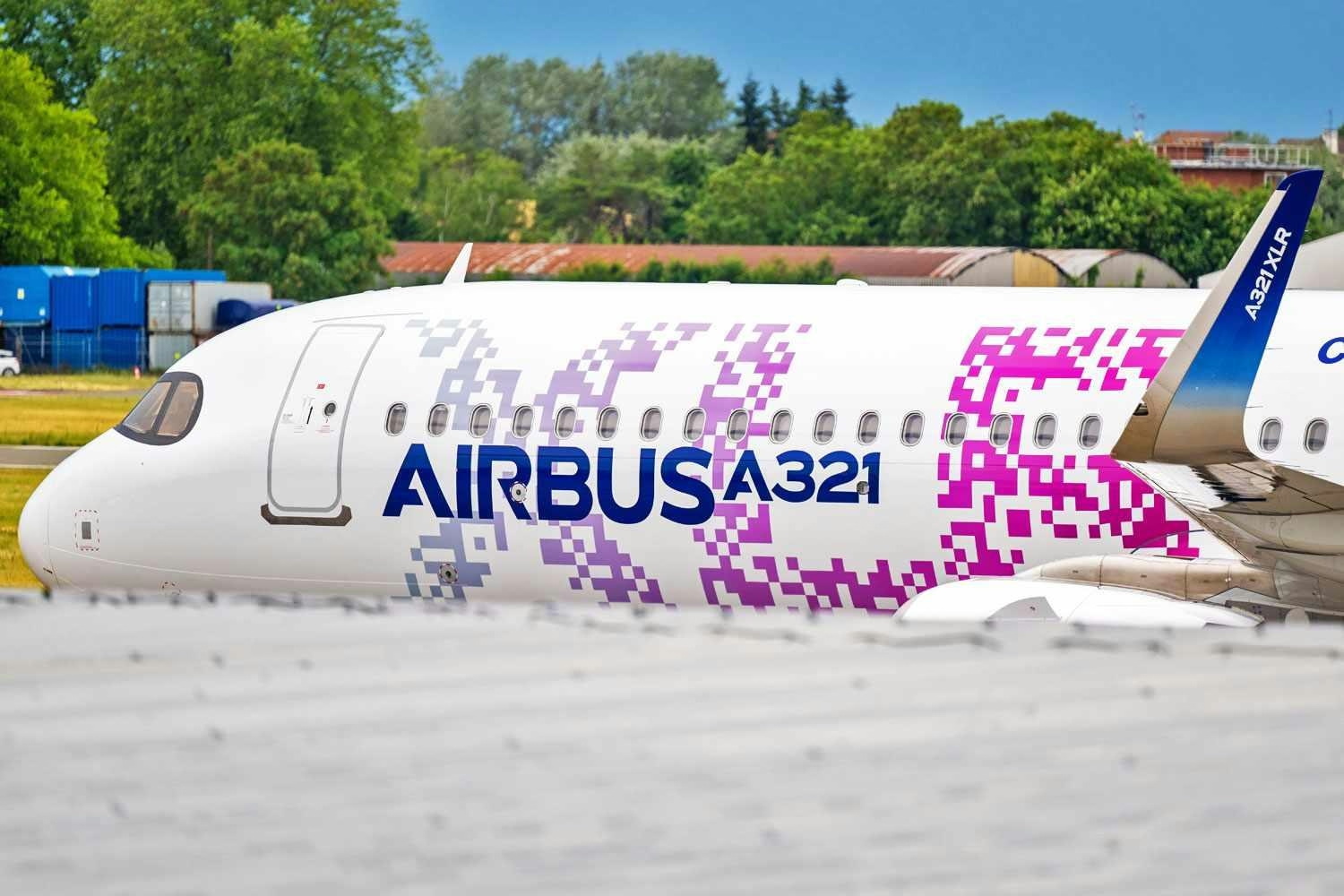
LATAM Confirms Order for Airbus A321XLR Jets
LATAM Airlines Group has officially confirmed an order for 13 Airbus A321XLR aircraft, underscoring a pivotal advancement in its ongoing fleet modernization efforts. As the largest airline brand in South America, LATAM operates through nine subsidiaries across Brazil, Chile, Colombia, Ecuador, Paraguay, and Peru, offering both passenger and cargo services throughout the region.
Strategic Integration of the A321XLR
The Airbus A321XLR, the manufacturer’s latest long-range narrowbody model, is scheduled to join LATAM’s fleet with initial deliveries anticipated in 2027. Boasting an extended range of 4,700 nautical miles (8,700 kilometers), the aircraft enables airlines to operate long-haul routes traditionally served by larger widebody jets, while maintaining the cost efficiencies and operational flexibility characteristic of narrowbody aircraft. This capability is particularly significant as airlines worldwide reassess their fleet strategies amid persistent economic pressures and evolving operational challenges.
LATAM’s decision to proceed with the A321XLR order contrasts with a more cautious stance adopted by some other carriers. For instance, European low-cost airline Wizz Air recently scaled back its A321XLR commitment and deferred deliveries, reflecting broader industry hesitancy. Similarly, American Airlines, the first U.S. carrier scheduled to operate the A321XLR, has encountered delays related to interior configuration issues, postponing the launch of its long-haul A321XLR flights until March 2025.
Vision and Deployment Plans
Paulo Miranda, LATAM’s Vice President of Customers, articulated the group’s strategic vision for the new aircraft, highlighting its role in expanding long-haul capabilities on a narrowbody platform. “We’re looking at the A321XLR as an aircraft that’s going to serve long-haul routes on a narrowbody platform. It could be deployed from Lima, Brasilia, or the northeast of Brazil, giving us a base to reach many destinations in the US and even Southern Europe,” he explained.
Miranda further emphasized that the A321XLR will feature a premium business cabin alongside an enhanced economy product, both tailored to the demands of longer flights. He noted that the aircraft’s flexibility would allow LATAM to complement its network in markets where deploying a widebody jet would not be economically viable. “We’re very excited to welcome this type into our fleet,” he added.
The initial A321XLRs are expected to be based at Lima’s Jorge Chavez International Airport, which currently operates a mixed fleet including Airbus A320 family aircraft, Boeing 767-300ERs, and Boeing 787-9s. While the 767s presently handle most of Lima’s long-haul routes, the introduction of the A321XLR will enable LATAM to serve U.S. destinations more efficiently and potentially inaugurate new routes to Southern Europe.
Implications for Regional and International Connectivity
Although the majority of A321XLR orders have originated from U.S. and European airlines targeting transatlantic markets, LATAM’s strategy leverages the aircraft’s extended range to strengthen connections between South America and key international destinations. The precise distribution of the 13 jets among LATAM’s subsidiaries remains to be determined.
In an industry environment where many airlines are reevaluating expansion plans, LATAM’s firm commitment to the A321XLR signals confidence in the aircraft’s potential to transform long-haul travel within the region.
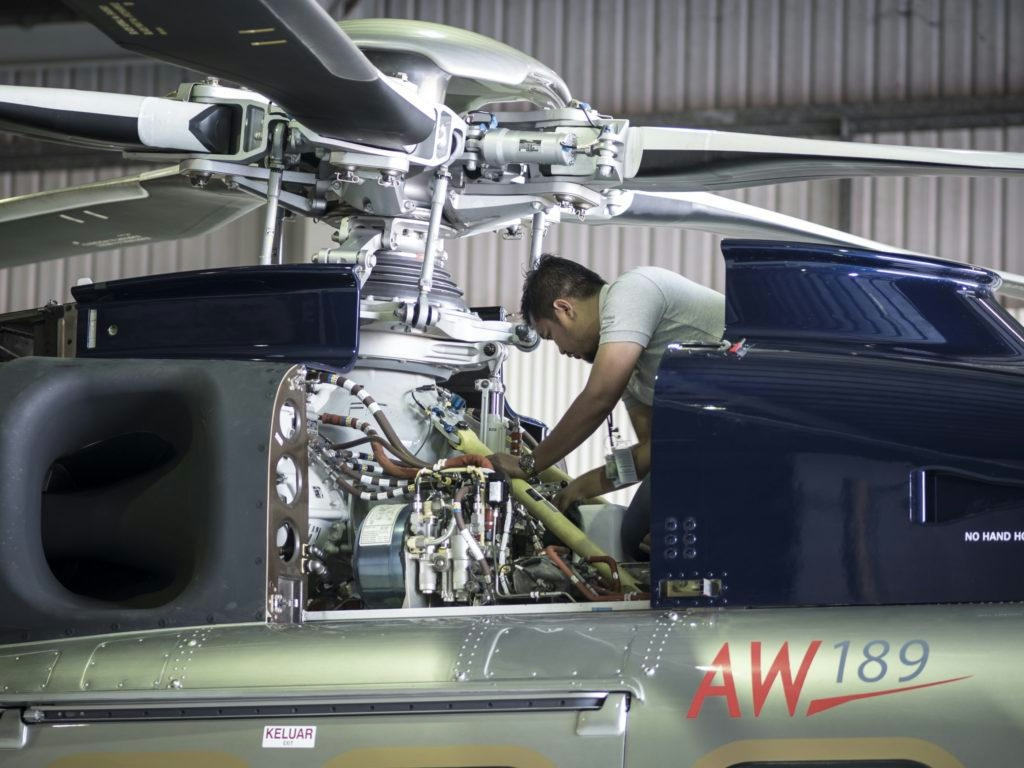
Elevate Aviation Group Expands Maintenance Services

AICM Slot Allocations Move to US Airlines, Report Says
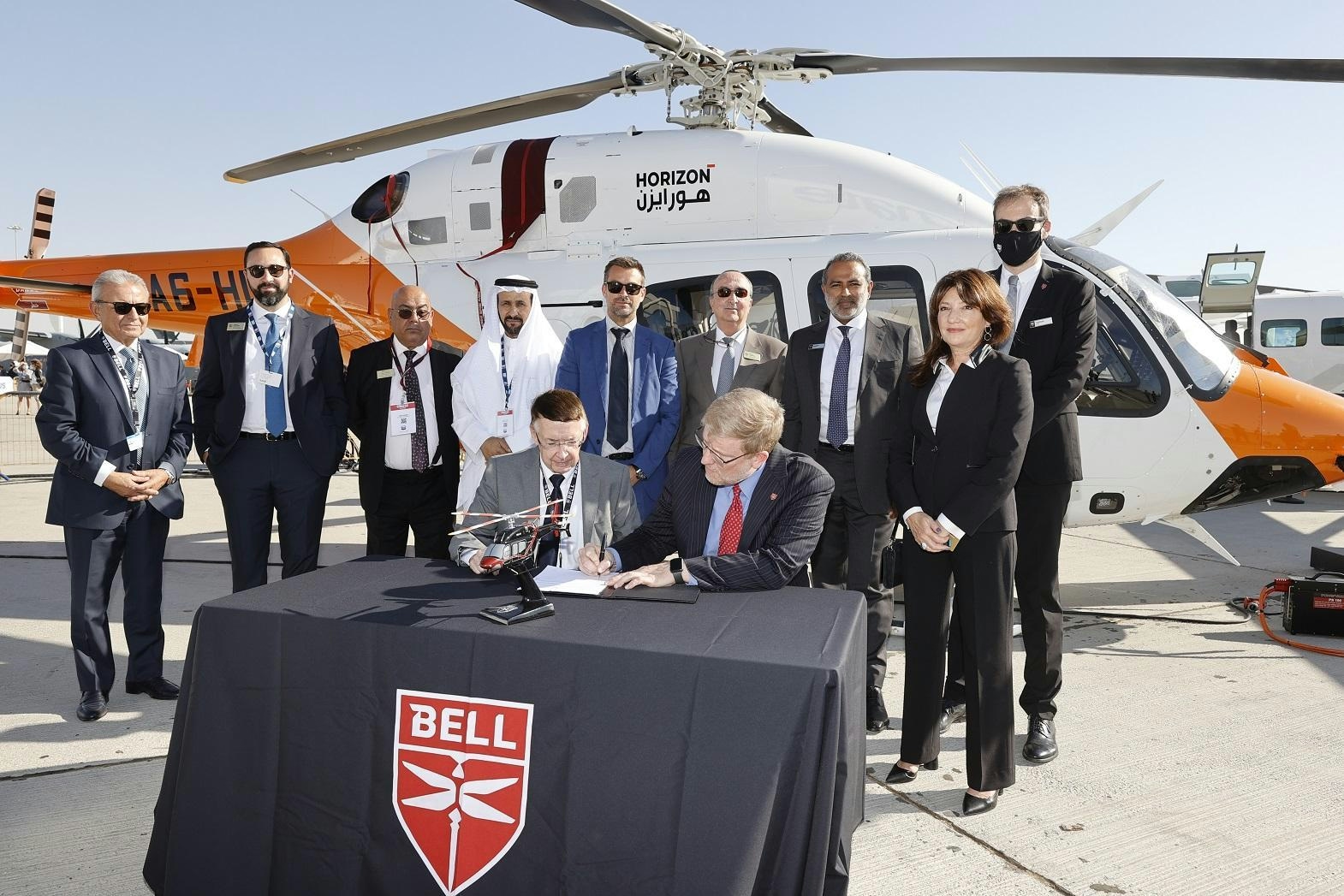
Abu Dhabi Aviation and Honeywell Enhance Helicopter Maintenance Services in UAE
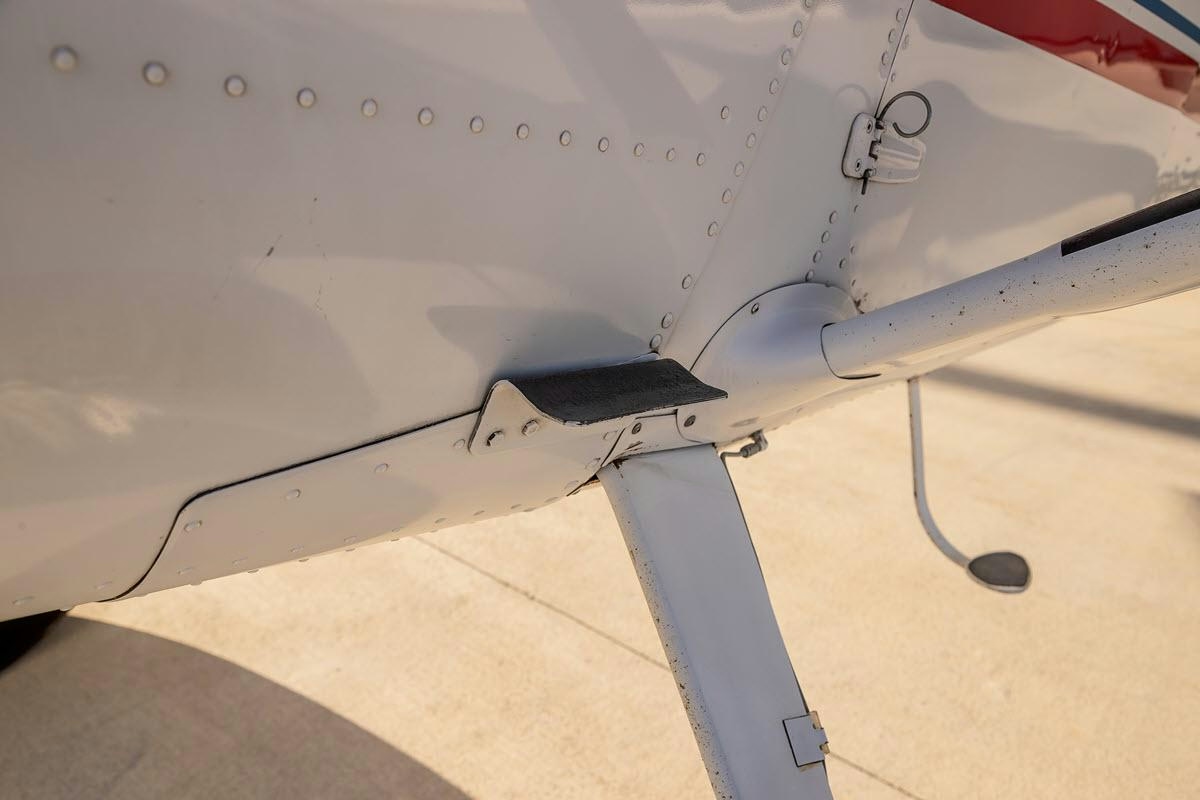
McFarlane Aviation Acquires P. Ponk STCs for Legacy Cessna Aircraft
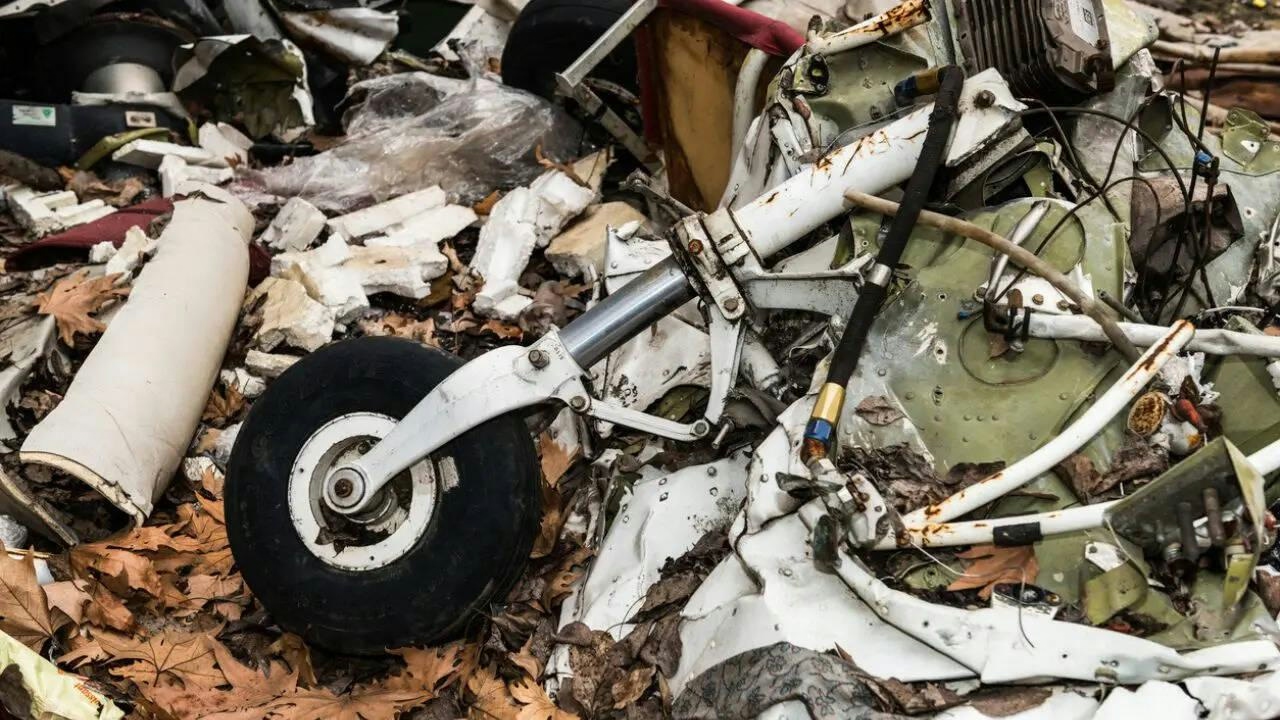
NTSB Releases Preliminary Report on UPS Plane Crash Involving Engine Separation
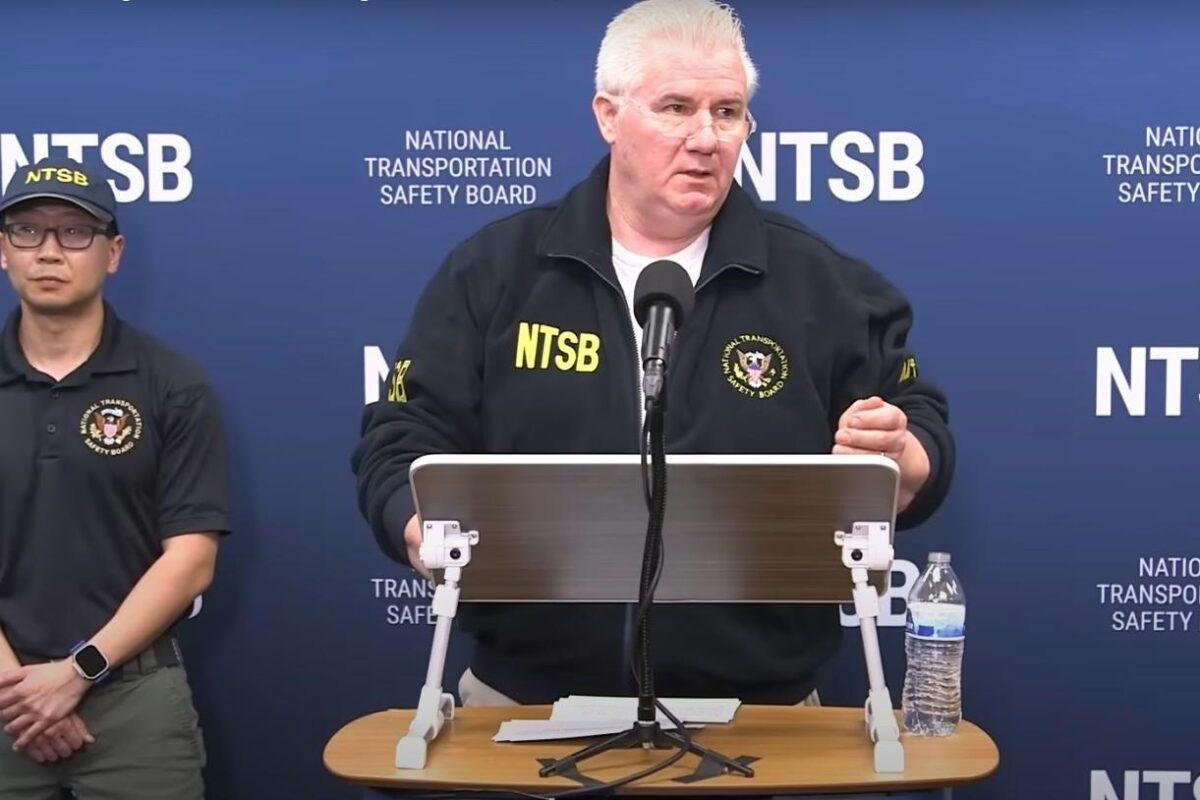
NTSB Investigates Pylon Fatigue Cracks in UPS Flight 2976 Engine Separation
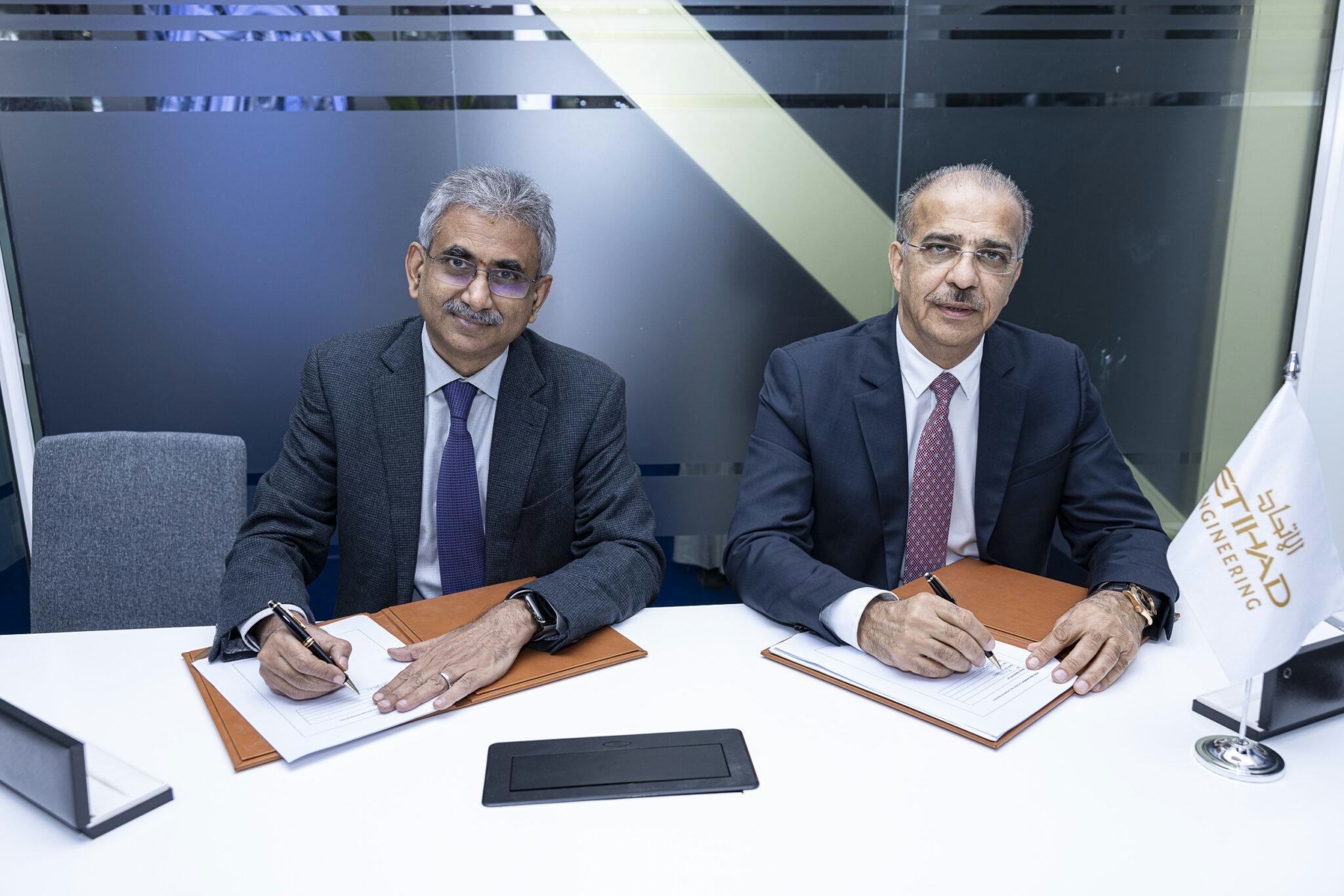
EDGE Strengthens UAE Aerospace Sector Through Partnership with Etihad Engineering

Northern Jet Emphasizes Human Authenticity Amid Industry Shift to Automation

Tyler Kleinsasser Awarded Inaugural JSSI Aviation Innovation Grant
